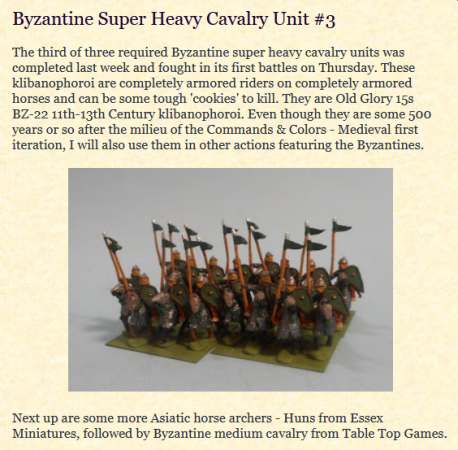Another Pack Added!
AUC12 – Gallic Cavalry – Caesar's German Bodyguard

Pre-order it now as part of our 15mm Caesar's army – Marian Roman 105 BC – 25 BC campaign and save 25% off retail price!

From the De Bello Gallico, it is known that Julius Caesar had a Germanic bodyguard (although he may well not have been the first Roman general who did), which was most likely equipped with Roman and Gallic armor and was probably even somehow coerced in using Gallic saddles which would have given them a distinct practical advantage. The rest of the German mercenary cavalry employed by the Romans in this period were probably also equipped with prized items such as chain-mail, but certainly did still ride bareback. Caesar makes clear that the Germans scorned such aids as a sign of weakness: "...in their eyes it is the height of effeminacy and shame to use a saddle, and they do not hesitate to engage the largest force of cavalry riding saddled horses, however small their own number may be."
These figures are perfect, if you believe that the famous personal loyalty to their leader took precedence over tradition. In the German culture, the chief was chosen by the warriors for his fitness to lead them in war. The warriors in turn swore personal allegiance to the chief, and became members of his comitatus, or group of warrior companions. With a leader of the caliber of the Divo Julius himself, this sentiment may indeed have proven stronger than anything else, but if you disagree and prefer your German mercenaries more "raw" – fear not! A separate pack of rigorously unsaddled German cavalry is also in the making… ![]() .
.
The Roman Imperial German Bodyguard, also called the Germanic bodyguard (Latin: Germani corporis custodes or Germani corpore custodes, in the literary sources also called the numerus Batavorum or cohors Germanorum), became a personal imperial guard unit for all the Roman emperors of the Julio-Claudian dynasty (30 BC to AD 68). Although the Praetorians may be considered the Roman Emperor's main guard corps, the German Bodyguards were a unit of more personal guards recruited from the most distant German tribes, so as to have no political or personal connections with Roman politics or the provinces.
The Bodyguard was disbanded briefly after the Battle of the Teutoburg Forest (9 AD) and was finally dissolved by Galba in 68 AD because of its loyalty to Nero (ruled 54-68), whom he had overthrown. The decision caused deep offence to the Batavi, and contributed to the outbreak of the Revolt of the Batavi in the following year. Their indirect successors were the Equites singulares Augusti which were, likewise, mainly recruited from the Germani. They were apparently so similar to the Julio-Claudians' earlier German Bodyguard that they were given the same nickname, the "Batavi."
The Roman client King of Judea, Herod the Great, had a German personal bodyguard modeled upon that of Augustus.









